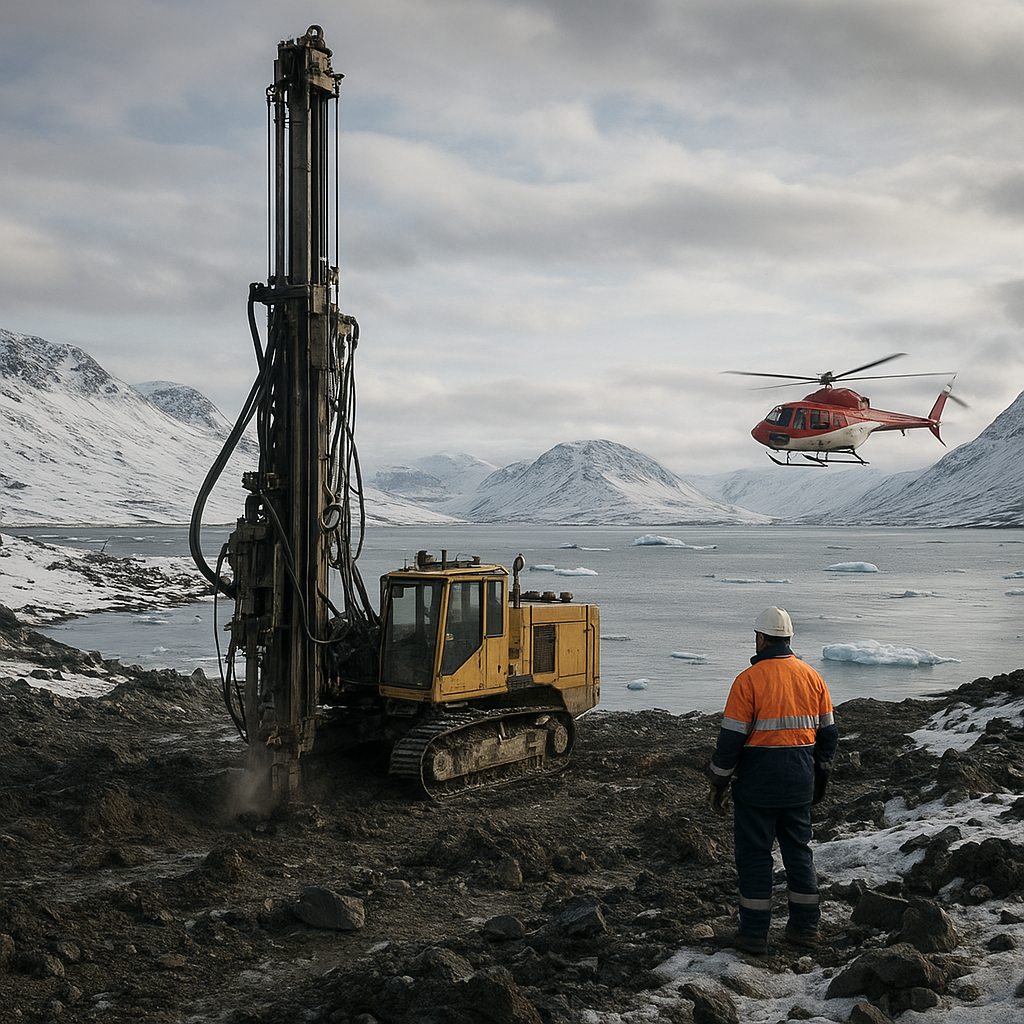The future of mining for rare metals is a topic of increasing importance as the demand for these critical resources continues to grow. Rare metals, including elements like lithium, cobalt, and rare earth elements, are essential components in a wide range of modern technologies, from smartphones to electric vehicles and renewable energy systems. As the world transitions towards a more sustainable and technologically advanced future, understanding the dynamics of rare metal mining becomes crucial.
The Growing Demand for Rare Metals
The demand for rare metals has been on a steady rise, driven by the rapid advancement of technology and the global push towards sustainability. These metals are integral to the production of high-tech devices and green technologies. For instance, lithium and cobalt are key components in the batteries that power electric vehicles, while rare earth elements are used in the production of wind turbines and solar panels.
As countries strive to reduce their carbon footprints and transition to cleaner energy sources, the need for these metals is expected to increase exponentially. According to industry reports, the demand for lithium alone is projected to grow by over 500% by 2050. This surge in demand presents both opportunities and challenges for the mining industry.
On one hand, the increased demand for rare metals could lead to significant economic benefits for countries with abundant mineral resources. On the other hand, it raises concerns about the environmental and social impacts of mining activities. The extraction and processing of rare metals can have detrimental effects on ecosystems and local communities if not managed responsibly.
Technological Innovations in Mining
To meet the growing demand for rare metals while minimizing environmental impact, the mining industry is turning to technological innovations. Advances in mining technology are making it possible to extract rare metals more efficiently and sustainably. One such innovation is the development of automated and remote-controlled mining equipment, which reduces the need for human labor and enhances safety in hazardous environments.
Additionally, new techniques in mineral processing are being explored to improve the recovery rates of rare metals from ores. For example, bioleaching, a process that uses microorganisms to extract metals from ores, is gaining attention as a more environmentally friendly alternative to traditional methods. This technique not only reduces the use of harmful chemicals but also lowers energy consumption.
Another promising area of innovation is the recycling of rare metals from electronic waste. As electronic devices reach the end of their life cycles, they become a valuable source of rare metals. Recycling initiatives are being developed to recover these metals, reducing the need for new mining and decreasing the environmental impact associated with extraction.
Challenges and Opportunities Ahead
While technological advancements offer promising solutions, the future of mining for rare metals is not without its challenges. One of the primary concerns is the geopolitical landscape surrounding rare metal resources. Many of these metals are concentrated in specific regions, leading to potential supply chain vulnerabilities and geopolitical tensions.
For instance, China currently dominates the production of rare earth elements, accounting for over 80% of the global supply. This concentration of resources raises concerns about supply security for other countries, prompting efforts to diversify sources and develop domestic mining capabilities.
Furthermore, the environmental and social impacts of mining cannot be overlooked. Ensuring that mining practices are sustainable and socially responsible is crucial for the industry’s long-term viability. This includes addressing issues such as land degradation, water pollution, and the displacement of local communities.
Despite these challenges, the future of mining for rare metals holds significant opportunities. The transition to a low-carbon economy and the continued growth of the technology sector will drive demand for these critical resources. By embracing innovation and sustainable practices, the mining industry can play a pivotal role in supporting this transition while minimizing its environmental footprint.
In conclusion, the future of mining for rare metals is poised for transformation. As demand continues to rise, the industry must navigate a complex landscape of technological, environmental, and geopolitical challenges. By leveraging innovation and prioritizing sustainability, the mining sector can ensure a steady supply of rare metals to power the technologies of tomorrow.












